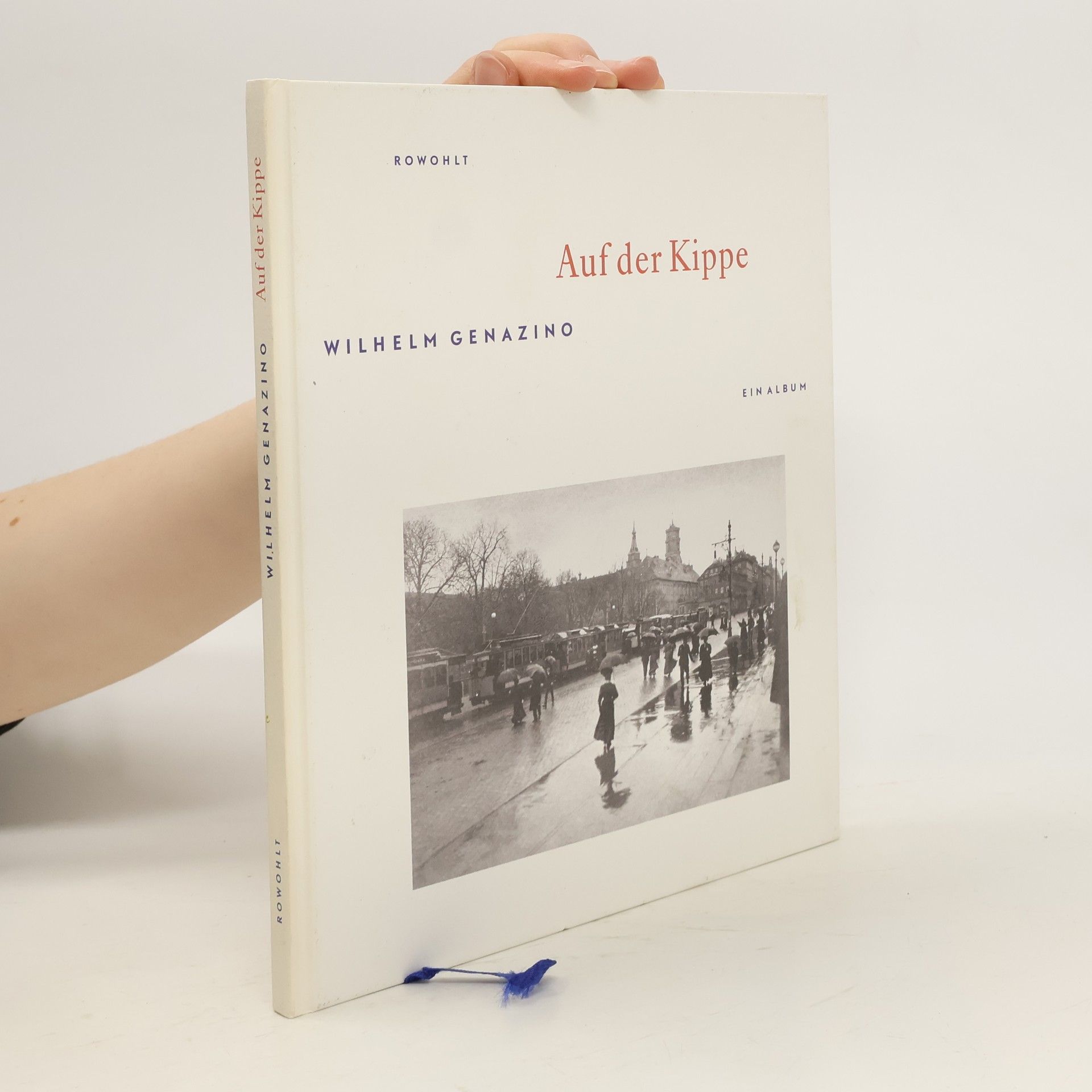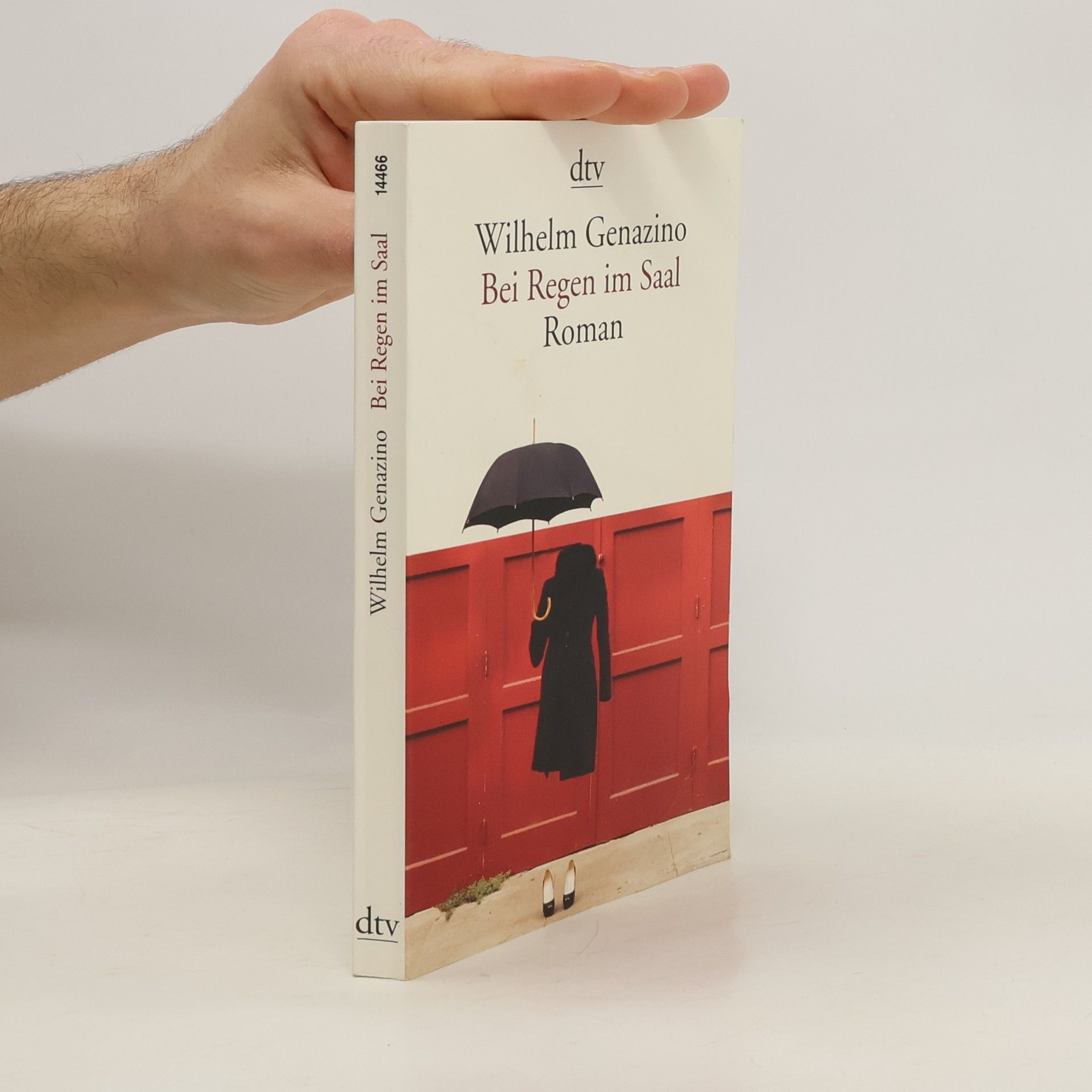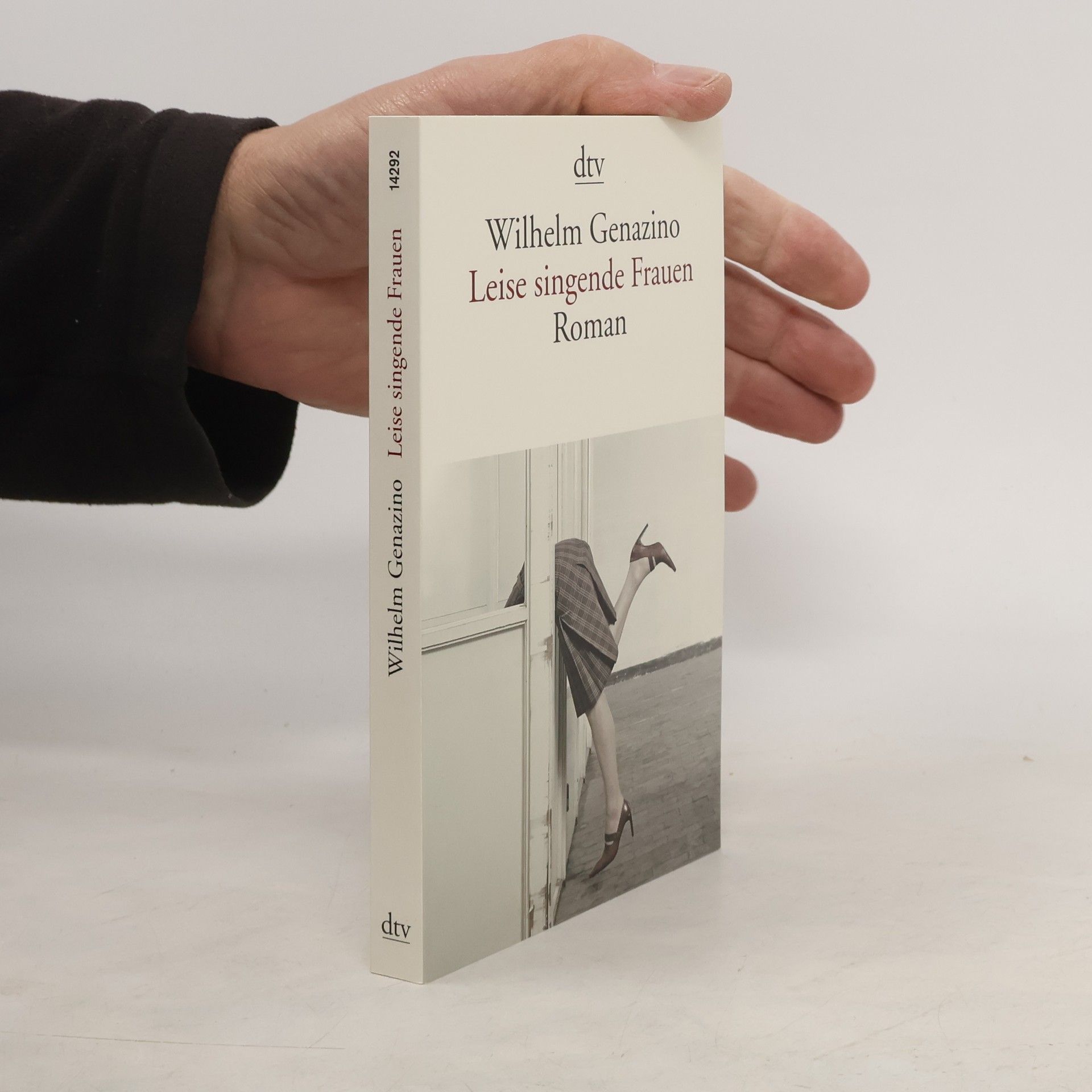Der Traum des Beobachters
Aufzeichnungen 1972–2018
Notizen eines großen Schriftstellers und Flaneurs – ein einzigartiger Einblick in Wilhelm Genazinos Sprach- und Romanwerkstatt Seine Wohnung verließ Wilhelm Genazino nie ohne Stift und Papier. Alles, was sich in Worte fassen ließ, schrieb er auf. Jahrzehntelang tippte er seine Beobachtungen von unterwegs akribisch ab, aus Furcht, eines Tages könnte ihn das Schreiben selbst verlassen. So entstand ein „Materialcontainer„, in dem sich Leben und Fiktion, Ideen und Träume unauflöslich vermischen. Die bislang unbekannten Notizen sind ein Schlüssel zu seinem Werk und lesen sich wie ein unendlicher Genazino-Roman. Sie zeigen den Autor als verzweifelten Glückssucher, als hochsensiblen Zeitzeugen und funkelnden Aphoristiker. „Es ist ein großes Erlebnis, wenn das Vergnügen bis in die Details geht.“












